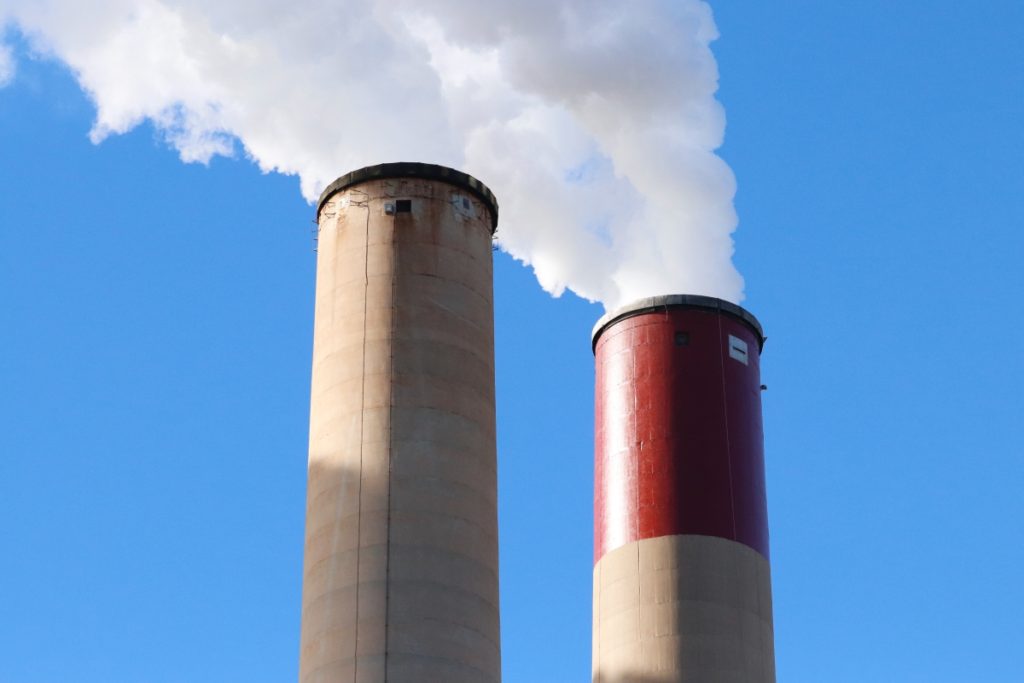Continuous monitoring systems (CMS) have become a critical part of a facility’s ongoing compliance demonstration. U.S. EPA and individual states agencies are focused on expanded transparency, increased scrutiny, and the use of data analytics and targeting for enforcement purposes. This makes effective CMS management more crucial than ever before.
Businesses that prioritize continuous monitoring — and work with external consulting firms who know how to align system integration and data management with their strategic goals — will be better positioned to succeed in an increasingly complex and technical regulatory environment.
What Is a Continuous Monitoring System?
A Continuous Monitoring System is a tool that continuously measures and records actual data and information from an emissions source. The measured data is often used in real-time to operate the source and also demonstrate compliance with applicable regulations. A CMS must meet specific criteria depending on the nature of your operation, which may include formal certification.
The U.S. EPA distinguishes between four types of CMS:
- Continuous emission monitoring systems (CEMS): To directly measure actual emission levels from a stationary source, such as nitrogen oxides of a flue-gas.
- Continuous emission rate monitors (CERMs):A sub-type of CEMS that measures pollutant rates in a standard such as mass per unit time.
- Continuous opacity monitoring systems (COMS):A relative indicator of particulate matter emissions by measuring the opacity of flue-gas.
- Continuous parametric monitoring systems (CPMS):To measure a specific parameter(s) and also used to extrapolate emissions data from it.
Speak With A Continuous Emission Monitoring Expert
ALL4’s CMS Expertise
ALL4 can work with your team and assist with all aspects of CMS data management related to 40 CFR Part 60, Part 63 and Part 75. Our team includes air quality regulatory experts with experience in:
- CMS procurement assistance
- CMS system integration
- Data acquisition and handling system (DAHS) implementation and optimization
- Initial CMS certification and ongoing quality assurance
- Site-specific monitoring
- State-specific data management and reporting
- CMS auditing
- CMS data forensics and expert witness testimony
- CMS permit condition review, development and negotiation
- Alternative Monitoring Petitions (AMP)
- Source Testing Program Management
- Training and optimization
- Electronic Data Reporting (including EDR-E)
We’ll work with your technical departments and senior management to put together a package of services appropriate for your organization. Though we specialize in large and complex projects, we have the customer focus to work on continuous emissions monitoring projects of any size.
CMS and DAHS Reviews
There are several situations which may trigger a review of your CMS or DAHS. These include:
- Changes to 40 CFR Part 60, Part 63 or Part 75, or other governing regulations
- Poor data availability or quality, or changing data end use
- System errors that lead to lost allowances and subsequently cost you money
- Installation or modification of air pollution control equipment
- Inadequate or unavailable data substitution or validation capabilities
- Aging equipment
- Poor monitor availability
- Plant modifications
To learn more about how ALL4 can help with proactive CMS design and system integration, or any other air quality monitoring issue, please contact ALL4’s Tech Team Leader – CMS, Meghan Barber, directly (mbarber@all4inc.com or 610.422.1130).
Continuous Monitoring System Training
Related Posts:
Posted: February 2024
What’s a RATA? A RATA is a Relative Accuracy Test Audit, and it’s typically performed as an annual audit on a continuous emissions monitoring system (CEMS). A third party brings an independently certified CEMS and hooks it up to your […]
Read articlePosted: January 2024
2024 Look Ahead: Occupational Health and Safety // Victoria Sparks As we look back on 2023, the Occupational Safety and Health Administration (OSHA) was busy – expanding National Emphasis Programs (NEPs), hiring more inspectors, conducting more inspections, and expanding rules […]
Read articlePosted: January 2024
PFAS Expectations for 2024 // Kayla Turney With the new year, we expect to see several of the same issues relating to per- and polyfluoroalkyl substances (PFAS), as well as a handful of new ones to tackle. While the regulatory […]
Read articlePosted: January 2024
In today’s rapidly evolving world, the role of technology, particularly artificial intelligence (AI), has become increasingly pivotal across various sectors. Environmental professionals, tasked with ensuring regulatory compliance, improving air quality, enhancing environmental, health, and safety (EHS) standards, and advancing Environmental, […]
Read articlePosted: January 2024
Part 1 2024 Look Ahead // Colin McCall Hello to all of our clients, partners, and colleagues as we enter 2024. We are very grateful for the time and work together in 2023 and look forward to another great year […]
Read articlePosted: October 2023
In case you haven’t heard yet, the U.S. Environmental Protection agency (U.S. EPA) has proposed revisions to the National Emission Standards for Hazardous Air Pollutants (NESHAP) and New Source Performance Standards (NSPS) applicable to facilities in the Synthetic Organic Chemical […]
Read articlePosted: August 2023
The U.S. Environmental Protection Agency (EPA) has proposed amendments to the National Emission Standards for Hazardous Air Pollutants (NESHAP) for Ethylene Oxide (EtO) Commercial Sterilization and Fumigation Operations (40 CFR Part 63, Subpart O) that if finalized, will require the […]
Read articlePosted: August 2023
The South Coast Air Quality Management District (SCAQMD) has proposed changes to Rule 1110.2 – Emissions from Gaseous- and Liquid-Fueled Engines (Rule 1110.2), which governs emissions from stationary and portable engines greater than 50 brake horsepower (bhp). In addition, SCAQMD […]
Read articlePosted: July 2023
The South Coast Air Quality Management District (SCAQMD) amended Rule 1147 on May 6, 2022 and adopted Rule 1147.2 on April 1, 2022 to further reduce nitrogen oxides (NOX) and carbon monoxide (CO) emissions from gaseous fuel-fired combustion equipment, and […]
Read articlePosted: May 2023
In the first article of this series we started with this thought: Defining data quality and implementing a data quality program furthers the goal that the data collected serve the intended purpose, i.e., informed decision making. We walked through […]
Read article

